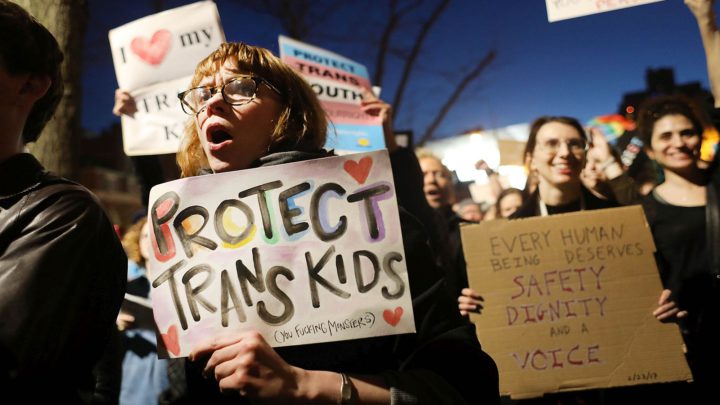This inquest is wrong: the paps are innocent
The verdict in the inquest into Princess Diana’s death is perverse, and it could give rise to new and ominous restrictions on the free press.

I almost choked on my cup of tea as I read the verdict of the inquest investigating the death of Princess Diana. ‘Chauffeur and paparazzi to blame for Diana death jury finds’, declared the Guardian’s online homepage.
What had started out as an attempt to offer a new, British forensic investigation of all available evidence about the car crash on 31 August 1997 has ended up as a bizarre spectacle of confusion and obfuscation. Worse, the paparazzi have been blamed (yet again) when they are innocent. It almost makes you want to emigrate to France.
The key evidence has been established and confirmed time and again. Henri Paul, the driver, had drunk alcohol on the night and this is regarded as the prime cause of the crash. The fact that the backseat passengers were not wearing seatbelts has been taken as a major contributing factor in worsening their injuries and contributing to their deaths. Other factors – like a white Fiat Uno clipped by the speeding Mercedes moments before the crash – have been the subject of much conspiratorial speculation, but they are almost certainly red herrings in terms of causing the crash.
Instead one key issue remains: whether the paparazzi in pursuit of the car on the night – and the news media’s trade in photographs of public figures generally (especially Diana) – caused the crash. If there are any big forces at play here, it is not spooks in suits or the invisible hand of Prince Phillip, who allegedly didn’t always get on with his son’s wife; rather, it is the arguments used to scapegoat the paparazzi contrary to the evidence.
Even though the French photographers did not give evidence (only the paparazzi motorcyclist) at the British inquest, they have done so numerous times as part of the French police investigation. They were found innocent of manslaughter in 1999. Several photographers have spoken out publicly about what happened, including for a Channel 4 documentary, Diana: The Witnesses in the Tunnel, shown last year (see Seeing the Diana crash through a new lens, by Tessa Mayes).
The paparazzi are innocent of causing the crash, injuries or deaths. To say otherwise is to ignore the evidence or confuse the issue of the crash with the morals of the paparazzi. For example, a key bit of evidence in the paparazzi’s defence was the fact that Romuald Rat, the first photographer to arrive at the scene of the crash, said he did so 30 seconds after the accident. In other words, he was some distance from the car when it crashed.
Not only are the paparazzi accused of causing the crash – they are also accused of failing to help afterwards. Yet as Rat told the BBC a month after the crash: ‘I did not call the emergency services myself, simply because after I looked into the car, I heard somebody say “I have called the emergency services”. That’s why I didn’t call them, the first call was enough.’ Whether this is true or not, sure enough somebody had called the emergency services: an ambulance eventually turned up.
In France, there is a law of non-assistance a personne en danger (deliberately avoiding the provision of assistance to those in danger), but the paparazzi were found not guilty of breaking this law by the French authorities. According to the Channel 4 documentary, a passerby who happened to be a doctor was soon attending to the injured and claims that at no time did photographers ‘hamper me from doing my job’. Yet strangely, in Britain, where no such ‘non-assistance’ law exists, an inquest raises questions about the paparazzi on this count.
At the inquest, the coroner questioned the testimony of photographers at the scene, saying they contradicted evidence from photographs. The implication of this line of questioning, and the jury’s verdict, is that there was something suspect about the paparazzi taking photographs in these circumstances. But it is not illegal to take photographs of a car crash, even if others find it distasteful.
The implication of the jury’s verdict, and the wider reaction against the paparazzi, is to justify a clampdown on press freedom, bolstering calls by the royal family and others for greater privacy. No wonder Princes William and Harry thanked the jury for their verdict.
But as much as some would like the paparazzi to be the villains, they aren’t. And even if they had been, this is no argument against the photographic media, which should have freedom to photograph the truth as they see it.
Tessa Mayes is a London-based journalist and author of Disclosure: media freedom and the privacy debate after Diana (The LIRE media group, 1998) and the spiked-report Restraint or Revelation? Free speech and privacy in a confessional age (2002). Email her {encode=”info@tessamayes.co.uk” title=”here”}.
Tessa Mayes defended a Princess Diana documentary on the basis of press freedom, and stood up for the right to photograph and write about public figures – including Prince William’s girlfriend. She also looked at how Princess Caroline of Monaco used the EU to defend her privacy. Mick Hume noted how the Diana circus reflected an increasing mistrust of the authorities. Rob Lyons argued that it was Diana and Dodi who were responsible for the crash. Or read more at spiked issue Privacy.
To enquire about republishing spiked’s content, a right to reply or to request a correction, please contact the managing editor, Viv Regan.








Comments
Want to join the conversation?
Only spiked supporters and patrons, who donate regularly to us, can comment on our articles.